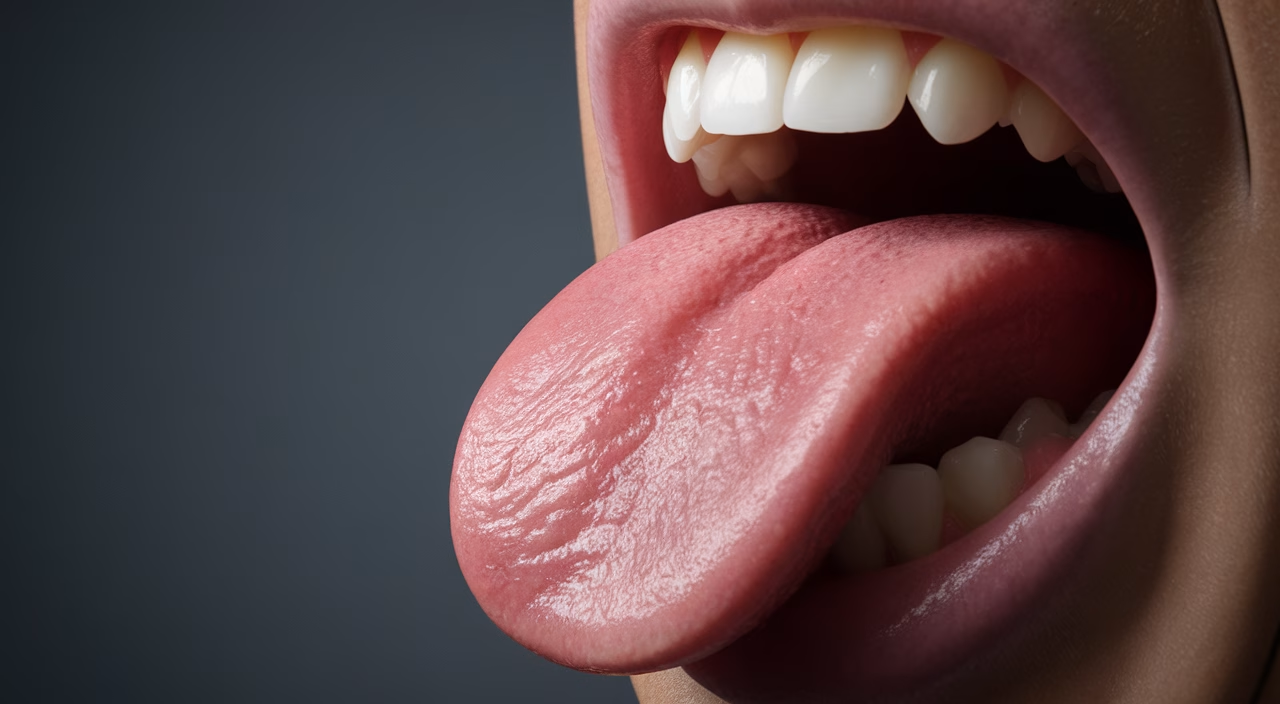What is the Proper Tongue Resting Position — and Why Does It Matter?
Ever wondered where your tongue should rest when you’re not eating or speaking? You’re not alone. The tongue resting position is a silent powerhouse in oral and facial development — and when misaligned, it can fuel speech issues, dental problems, and even changes in facial shape over time.
TL;DR: Summary
- Tongue resting position: The tongue should rest against the roof of the mouth, not on the floor.
- Why it matters: Impacts oral posture, breathing, and speech development.
- For children: Early correction via home exercises or pediatric orthodontics can prevent bigger issues later.
- For adults: Awareness and practice can reverse harmful oral habits.
- Visual aid included: See how a proper tongue posture should look.
- Includes cost guide: Estimate what treatment may involve financially.
- Bonus FAQ: Learn about challenges like open mouth posture, night-time tongue position, and more.
The Basics of Tongue Resting Position
Let’s start with the fundamentals. The ideal tongue resting position is where your tongue naturally sits when you’re not chewing, talking, or sleeping. It should rest gently against the roof of your mouth — not lying against your teeth or pooling at the bottom like a lazy cat.
This tongue posture forms the foundation of something larger: your oral posture. Along with the lips and jaw, proper tongue placement affects your breathing, swallowing, and the way your face grows, especially in children.
Why Proper Tongue Posture Matters for Your Health
Too often, we think of posture only in terms of our backs and necks. But what’s happening inside your mouth can equally set the stage for overall wellness. Poor tongue health and improper tongue posture can lead to:
- Speech impediments (like lisps and slurred sounds)
- Orthodontic issues (misaligned teeth, open bites)
- Breathing problems (mouth breathing or sleep apnea)
- Changes in face structure (narrow palates or underdeveloped jaws)
In children, this is especially critical. A small deviation in tongue resting position can set off a domino effect — affecting speech development, eating behavior, and confidence.
How to Assess Your Tongue Resting Position
Here’s a quick test to check your tongue posture: take a deep breath through your nose, then close your mouth naturally. Where is your tongue now?
It should be flat against the palate with light suction — not pressing but gently “hugging” the roof from tip to back, like a bridge spanning your upper jaw. The tip should gently touch just behind the front teeth — but never push against them.
If your tongue is down, pushing forward, or touching your teeth — you may have a tongue posture problem. This also often comes with open-lip posture and mouth breathing.
- Quick check for kids: Notice if your child sleeps with their mouth open or their tongue visible. That’s an early red flag for poor oral posture.
Importance of Tongue Health in Speech Development
Here’s the thing — your tongue isn’t just a big muscle; it’s the conductor of speech. From forming clear sounds to managing airflow, poor tongue resting position directly affects speech development.
For example, if your child has trouble articulating “S” or “T” sounds, or their speech sounds “wet” or muffled — improper tongue posture could be the hidden culprit. Their tongue might be compensating for poor resting mechanics, forcing it into incorrect habits when trying to talk.
Adults can also experience subtle speech challenges or fatigue when speaking, especially if their tongue drops too low or doesn’t support the airflow correctly. In our practice, we’ve seen individuals amazed at how much clearer their speech becomes once we correct their oral posture and improve their overall tongue health.
Tips for Improving Tongue Posture in Children
Parents often ask me, “How can I help my child fix their tongue resting position?” You’ll be glad to know — there are simple, gentle ways to guide their growth. Here’s what works well in a clinical setting for improving tongue posture in children:
- Myofunctional Exercises: Fun, simple movements like tongue clicks or holding a cheerio against the palate to strengthen tongue health.
- Posture Awareness Games: Turn oral posture into a game. Use silly faces or animal noises to motivate better habits.
- Breathing Routines: Help children breathe through their nose (not mouth), especially during sleep.
- Pediatric Orthodontics: Sometimes, a palate expander or therapy retainer is needed to guide proper growth and support correct tongue posture.
Consistency makes the biggest difference. Practice together for 5–10 minutes a day in a playful setting so it doesn’t feel like a chore.
Oral Habits for Enhancing Speech
Whether you’re addressing a child’s speech development or improving your own articulation, daily habits make powerful tools. Here’s where tongue health becomes your secret weapon.
Try these oral habits for speech enhancement:
- Proper Swallow Mechanics: Practice pressing the tongue to the roof while swallowing — avoid tongue-thrust patterns that harm tongue posture.
- Read-Aloud Practice: Emphasize consonants and focus on crisp sounds while monitoring tongue resting position.
- Mirror Work: Use a mirror during speech practice to increase awareness of jaw and lip coordination with your oral posture.
- Tongue Strengtheners: Push the tongue up against a spoon held to the palate a few seconds daily to improve tongue health.
And remember: speech clarity is a physical game. Tongue resting position, energy, and breath are your vocal muscles’ power trio.
Cost Guide: What to Expect for Tongue Posture Correction
| Type of Intervention | Low-End | Mid-Range | High-End |
|---|---|---|---|
| Speech Therapy (per session) | $50 | $75 | $150+ |
| Myofunctional Therapy Program | $300 | $800 | $1500+ |
| Pediatric Orthodontics Consult | Free–$100 | $200–$400 | $500+ |
| Palatal Expanders or Ortho Appliances | $1000 | $2500 | $4000+ |
Insurance coverage varies, especially when speech or airway complications are involved. It’s worth checking with your provider for speech-related therapy coverage related to tongue posture correction.
Final Thoughts: A Small Muscle With Major Power
Correcting your tongue resting position may seem like a small tweak, but it delivers ripple effects across breath, speech, and facial growth. In children especially, early alignment through improving tongue posture in children ensures strong foundations. And for adults, it’s never too late to regain control of this underestimated muscle and improve your tongue health.
Whether you’re noticing speech delays, mouth breathing, or dental misalignments — tune into your tongue posture. Sometimes, the key to long-term wellness is right under your nose — or rather, just above your teeth.
Frequently Asked Questions
- What’s the ideal tongue resting position?
The tongue should rest gently against the roof of the mouth — the tip just behind the front teeth but not pressing on them. - Can poor tongue posture impact facial shape?
Yes. Incorrect tongue posture, especially in children, can narrow the palate and affect jaw structure and appearance. - At what age should I start tongue posture correction for my child?
As early as 3–5 years old with supervision. Pediatric orthodontics evaluations can guide safer, age-appropriate interventions. - Can adults still correct their tongue posture?
Absolutely. With conscious effort and possible therapy, adults can retrain their tongue resting position and undo harmful oral habits. - What if my child sleeps with their mouth open?
This often signals poor oral posture. Consult a specialist to assess for mouth breathing, tongue tie, or airway issues. - How long does it take to fix tongue posture?
It varies. With daily practice, children may see changes in a few months. Adults may require 6–12 months for tongue health habit reversal.





